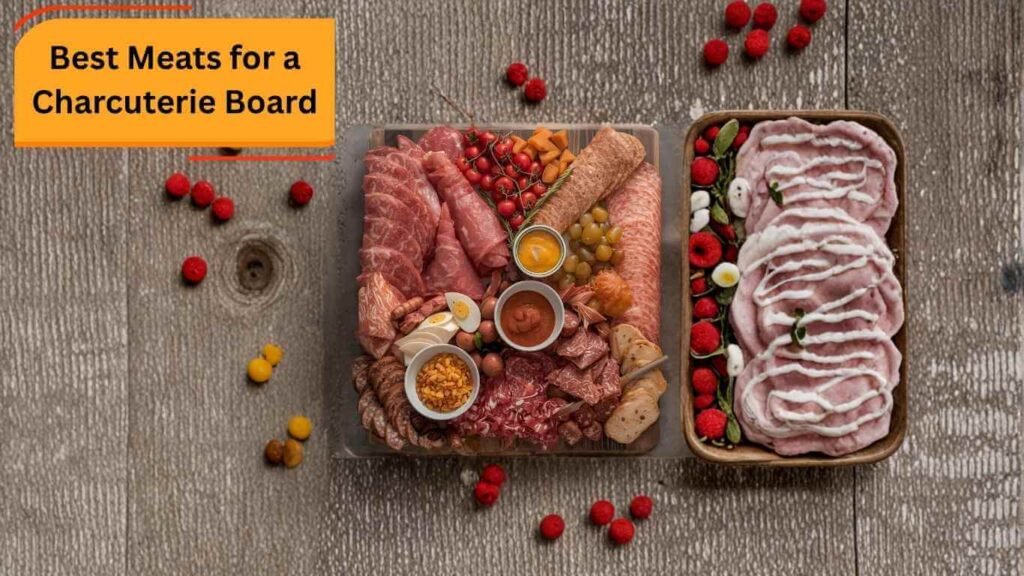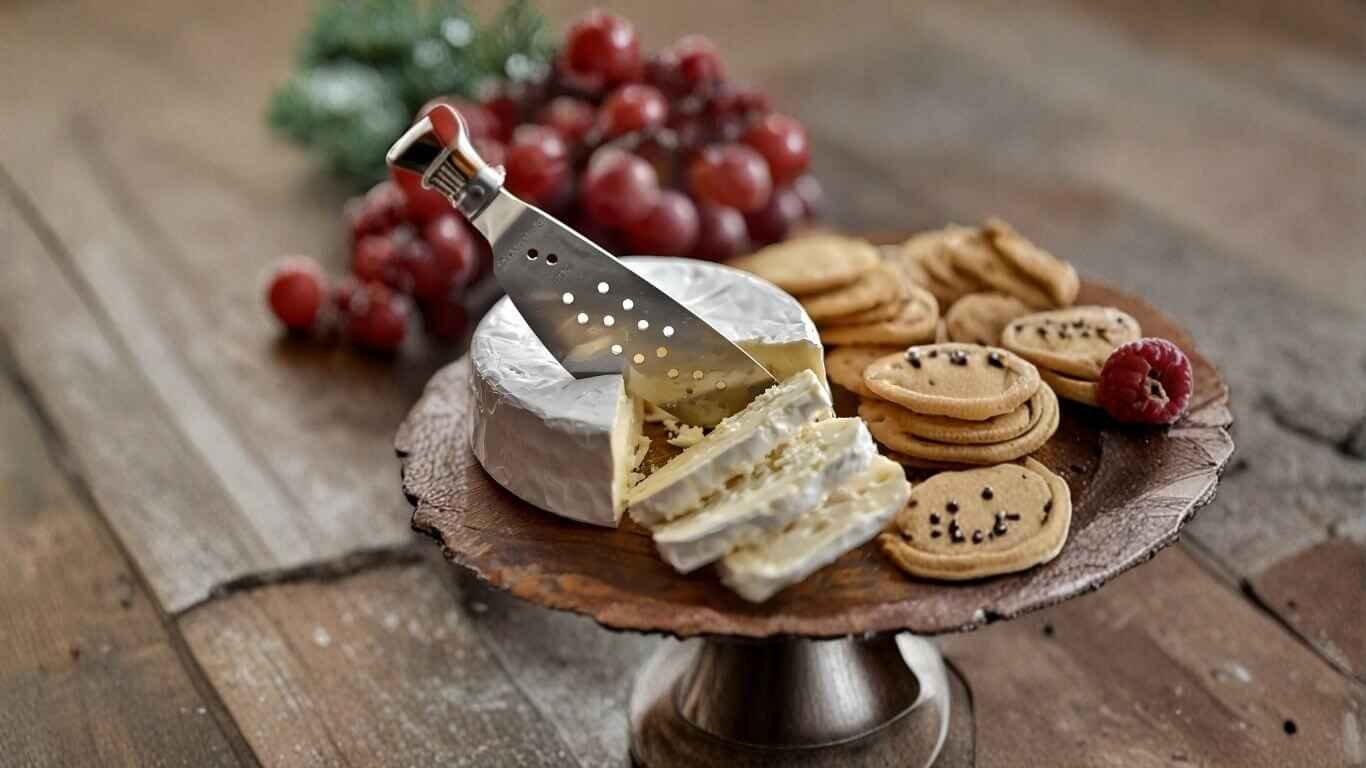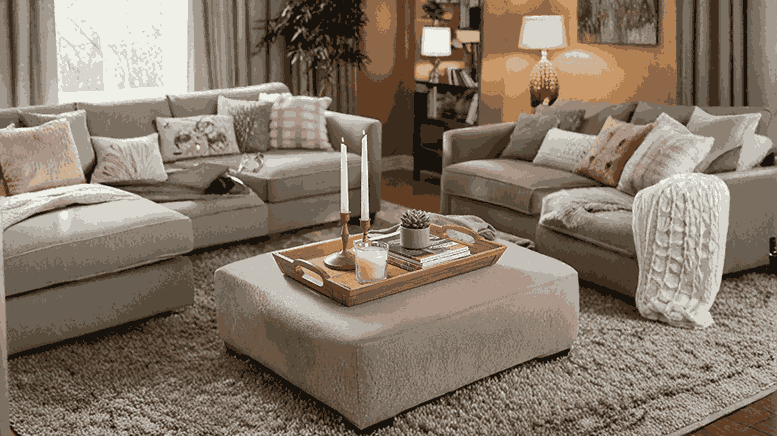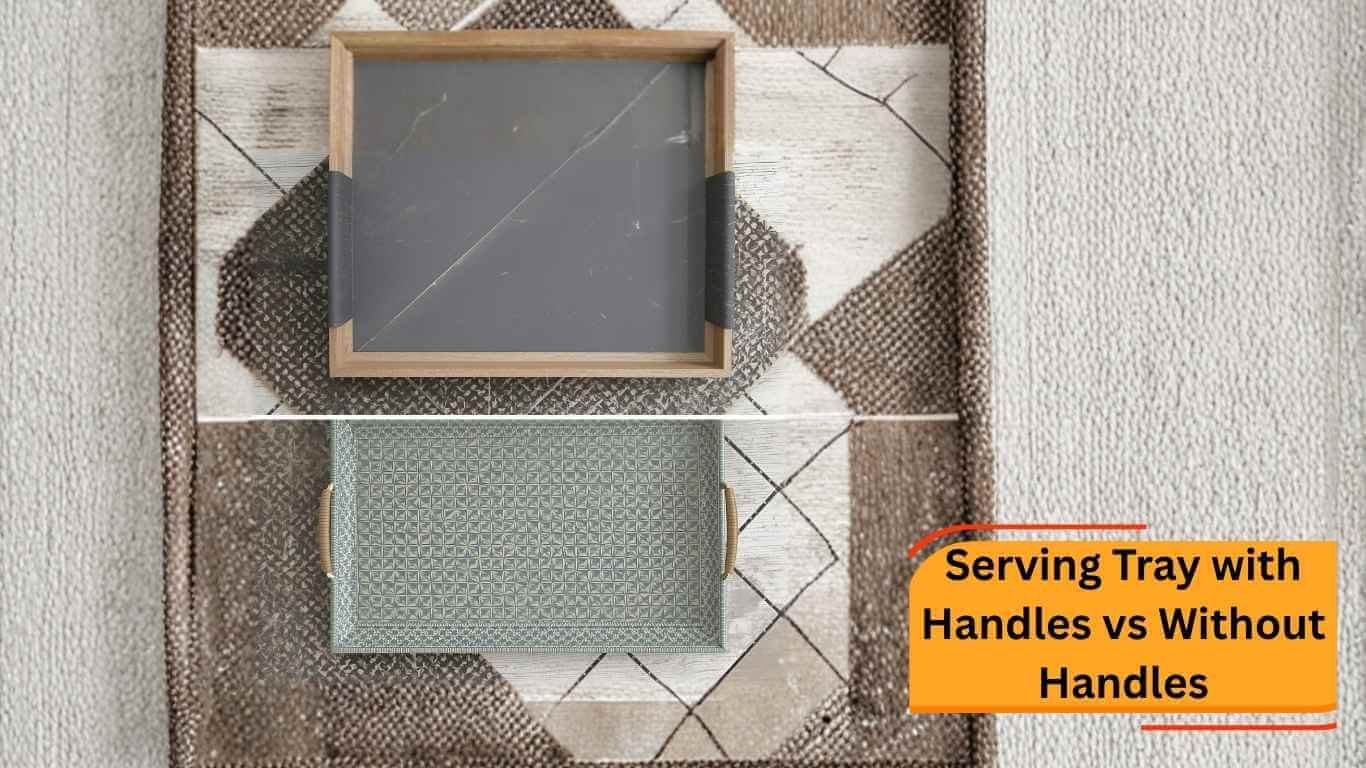A truly spectacular charcuterie board is a work of art. It’s a feast for the eyes before it’s a feast for the stomach a sprawling, abundant landscape of textures and flavors. While artisan cheeses, briny olives, and sweet jams play their part, the soul of the board lies in its namesake: the charcuterie. But with so many options at the deli counter, where do you even begin?
Choosing the best meats for your charcuterie board is what separates a simple meat and cheese platter from an unforgettable grazing experience. It’s all about creating a journey of flavor, from salty and savory to smoky and spicy.
Don’t worry, it’s easier than it looks. We’re here to walk you through the must-have charcuterie board meats, pairing ideas, and assembly tips to make you a hosting hero.
What Is a Charcuterie Board?
At its simplest, a charcuterie (shar-koo-tuh-REE) board is a platter of cured meats. The term itself is French, dating back to the 15th century, and refers to the craft of salting, smoking, and curing meats as a method of preservation.
Of course, the modern charcuterie board has evolved into so much more. It’s a “grazing board,” a centerpiece for entertaining that artfully combines cured meats for boards with an assortment of cheeses, crackers, fruits, nuts, and spreads. It’s an appetizer, a snack, and sometimes, a whole meal, all designed for social, relaxed sharing.
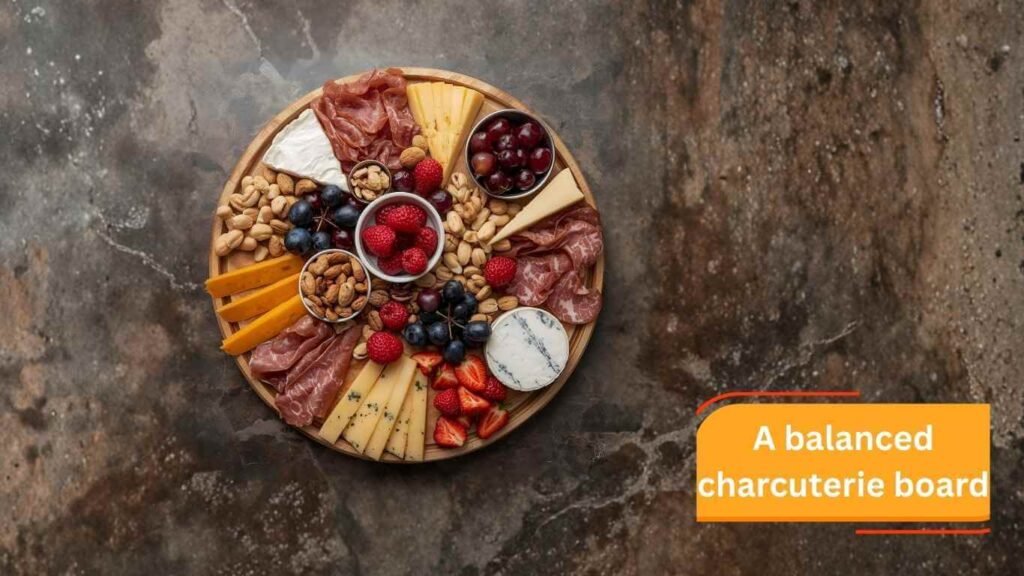
Why the Choice of Meats Matters
You could just throw some sliced pepperoni on a plate, but the magic of a great board lies in its variety. The right meat selection creates a dynamic tasting experience.
- Flavor Variety: You want a balance. Imagine the contrast between the delicate, salty-sweetness of prosciutto and the robust, spicy kick of a Spanish chorizo. This creates excitement for the palate.
- Texture Diversity: A board with only hard salami would be one-note. By combining paper-thin, buttery slices of prosciutto that melt on the tongue with a firm, chewy slice of soppressata, you add textural interest that keeps people coming back for more.
- Aesthetic Appeal: Different meats look different. The deep red of bresaola, the marbled fat of coppa, and the speckled look of mortadella add color and visual appeal, making your board look lush and inviting.
When building your board, you’re not just providing snacks; you’re curating an experience. And that experience starts with selecting the best charcuterie meat types.
How to Select Meats for a Charcuterie Board
Walking up to the deli counter can be overwhelming. Use these three principles to select your charcuterie meats with confidence.
Balance Flavor Profiles
Think of your board like a musical chord. You want harmony. Aim for a mix:
- Mild & Sweet: Prosciutto, Mortadella
- Smoky & Savory: Speck (smoked prosciutto), Bresaola
- Spicy & Bold: Spicy Soppressata, Calabrese, Chorizo
- Rich & Fatty: Salami, Coppa
Think About Texture
Variety in texture is just as important as flavor. A good rule of thumb is to include:
- One thinly-sliced, soft meat: Prosciutto or Jamón are perfect. These are best served in loose, delicate piles.
- One firm, sliceable meat: A hard salami like Genoa or Soppressata. You can slice these into rounds or fold them.
- One specialty or textured meat: This could be a spicy Chorizo, a soft Pâté, or a lean Bresaola.
Consider Price and Quality
You don’t have to break the bank.
- Affordable & Great: Genoa Salami, Pepperoni, and Mortadella are crowd-pleasers and budget-friendly.
- Premium Imports: For a special occasion, splurge on a high-quality Jamón Ibérico or a truffle-infused salami.
- Pro-Tip: Ask your deli to slice the meats for you. For prosciutto and coppa, ask for it “paper-thin.” For salami, a slightly thicker slice (about the thickness of a quarter) holds up better.
Quantity Guidelines
A common question is, “How much meat do I need?”
- As an Appetizer: Plan for 1-2 ounces of meat per person.
- As the Main Meal: Increase that to 3-5 ounces per person.
When in doubt, it’s always better to have a little extra than to run out. For a board serving 4-6 people, aiming for 3-4 different types of meat is a perfect start.
Top Meats for a Charcuterie Board
Here are the all-stars the best meats for a charcuterie board that offer the most flavor, texture, and pairing potential.
Prosciutto
This is the undisputed king of charcuterie. An Italian dry-cured ham, it’s salty, sweet, and unbelievably buttery. Prosciutto di Parma is the most famous.
- Flavor: Salty, savory, slightly sweet.
- Pairs With: Melon, figs, fresh mozzarella, brie, and mild crackers.
Salami
Salami is a cured sausage, and the varieties are endless. It’s a must-have for its firm texture and robust flavor.
- Genoa Salami: A classic. Mild, with a clean flavor of garlic and wine.
- Soppressata: A rustic, coarse-ground salami. It can be sweet (with black pepper) or hot (with spicy red pepper).
- Calabrese: Hailing from Calabria, this one is spicy and adds a beautiful red kick to your board.
- Flavor: Varies from mild and peppery to intensely spicy.
- Pairs With: Sharp cheeses (like cheddar or provolone), olives, and artisan crackers.
Capicola (Coppa)
Also called Coppa, this meat comes from the pork shoulder or neck. It’s beautifully marbled with fat, seasoned, and dry-cured. It has a delicate, tender texture.
- Flavor: Savory, peppery, and often has notes of paprika.
- Pairs With: Aged cheeses (like Parmesan), pickled vegetables, and a drizzle of honey.
Jamón Serrano or Jamón Ibérico
These are Spain’s answer to prosciutto.
- Jamón Serrano: The more common and affordable option, it has a deeper, nuttier flavor than prosciutto.
- Jamón Ibérico: A true luxury. Made from black Iberian pigs, it has an incredibly complex, nutty flavor and fat that melts in your mouth.
- Flavor: Nutty, rich, and deeply savory.
- Pairs With: Manchego cheese, Marcona almonds, and a glass of Spanish wine.
Mortadella
This large Italian sausage is a cooked, not cured, meat. It’s smooth, pale pink, and studded with fat and (often) pistachios. It’s mild, creamy, and a wonderful contrast to the saltier meats.
- Flavor: Mildly porky, creamy, with a hint of spice and nuttiness.
- Pairs With: Fresh bread (focaccia), mild cheeses, and pistachios.
Chorizo
This Spanish cured sausage is famous for its vibrant red color, which comes from smoked paprika. It’s firm, a little chewy, and packed with flavor.
- Flavor: Bold, smoky, and spicy.
- Pairs With: Smoked cheese (like smoked gouda), roasted peppers, and manchego.
Bresaola
Looking for a leaner option? Bresaola is air-dried, salted beef that’s lean, tender, and has a deep red, almost purplish color.
- Flavor: Slightly sweet, savory, and aromatic (often with juniper or rosemary).
- Pairs With: Arugula, a squeeze of lemon, and shaved Parmesan cheese.
Pepperoni
Don’t overlook it! While famous for pizza, a high-quality, thick-cut pepperoni adds a familiar, spicy, and smoky flavor that everyone loves. It’s a fantastic, budget-friendly addition.
- Flavor: Smoky, spicy, and tangy.
- Pairs With: Cheddar, gouda, and hot honey.
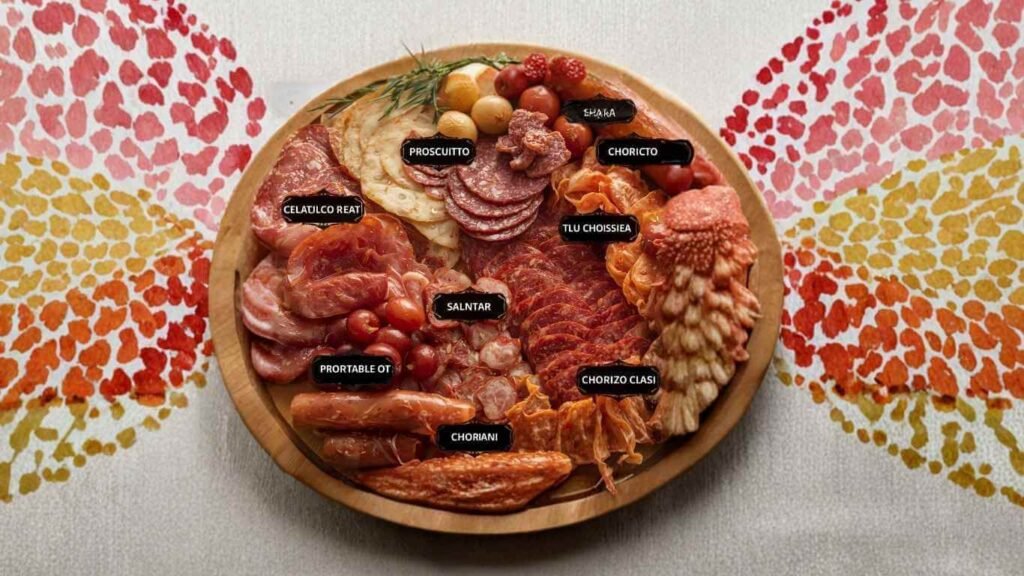
Pairing Tips: Meats, Cheeses, and Accompaniments
Now, let’s put it all together. The charcuterie meat and cheese pairings are what make a board sing.
Meat and Cheese Pairings
- Spicy Salami (Chorizo, Calabrese) + Hard, nutty cheese (Manchego, Pecorino)
- Delicate Prosciutto + Soft, creamy cheese (Brie, Goat Cheese, Fresh Mozzarella)
- Robust Salami (Genoa) + Semi-hard cheese (Aged Cheddar, Gouda)
- Lean Bresaola + Salty, hard cheese (Parmesan)
Accompaniments to Elevate Flavor
- Sweet: Grapes, figs, apple or pear slices, honey, fig jam. The sweetness cuts through the salty fat of the meats.
- Briny: Olives (Castelvetrano are a great choice), cornichons (tiny pickles), pickled red onions. The acidity cleanses the palate.
- Crunchy: Artisan crackers (try some with seeds), baguette slices, almonds, walnuts.
Beverage Pairings
- Wine: A medium-bodied red like a Chianti or Pinot Noir is classic. A sparkling rosé is also fantastic, as its bubbles and acidity cut the richness.
- Beer: A crisp pilsner or a fruity Belgian ale pairs beautifully.
How to Assemble Your Charcuterie Board
You’ve got your best charcuterie board meats. Now for the fun part: assembly.
Step-by-Step Layout Guide
- Start with “Anchors”: Place any small bowls for dips, jams, or olives on the board first. These create structure.
- Add the Cheese: Place your blocks or wedges of cheese next. Space them out across the board.
- Place the Meats: This is key for how to assemble a charcuterie board. Don’t just lay slices flat.
- Fold Salami: Fold larger slices (like salami or pepperoni) in half, and then in half again to create a “rose” or “ruffle.”
- Ribbon Prosciutto: Gently fold thin slices like prosciutto or coppa into loose ribbons or piles. This gives the board height and texture.
- Fill Gaps: Fill all the empty spaces with your crackers, fruits, and nuts. This makes the board look full and abundant.
- Garnish: Finish with a few sprigs of fresh rosemary or thyme for a pop of color and a lovely aroma.
Serving Tips
- Serve at Room Temp: This is crucial! Take your cured meats and cheeses out of the fridge about 30 minutes before serving. This allows the fats to soften, which releases all their flavor.
- Keep it Fresh: If your board will be out for a long time, replenish the meats and cheeses as needed rather than putting everything out at once.
Common Mistakes to Avoid
- Overcrowding: While you want it to look full, don’t pile things so high that guests can’t see what they’re grabbing.
- Serving Meats Cold: As mentioned, cold fat equals no flavor. Room temp is a must.
- No Utensils: Don’t make people use their fingers for everything. Add small tongs, cheese knives, and tiny forks.
- Lack of Variety: Don’t just serve three types of hard salami. A board with prosciutto, salami, and mortadella offers a much better range of textures.
Quick FAQ
- Q1: How many types of meats should a charcuterie board have? A: A great board has 3-5 varieties. This provides diverse flavors and textures without being overwhelming.
- Q2: Can I make a meat-only board? A: Absolutely! This is traditionally called a “charcuterie platter.” If you do, be sure to offer a wide range of flavors (smoky, spicy, mild) and textures to keep it interesting.
- Q3: How long can cured meats sit out? A: For food safety, cured meats should not sit at room temperature for more than 2 hours.
- Q4: What’s the best meat for beginners? A: Start with the classics! You can’t go wrong with Prosciutto, Genoa Salami, and a mild Mortadella. They are easy to find, easy to serve, and loved by almost everyone.
Final Thoughts
Building a stunning charcuterie board comes down to one simple concept: balance. By choosing a variety of the best meats for your charcuterie board, you create a tapestry of salty, savory, spicy, and sweet flavors.
The next time you host, don’t be intimidated by the deli counter. Grab a spicy soppressata, a buttery prosciutto, and a mild mortadella. You now have the knowledge to build a board that not only looks incredible but tastes even better. Happy hosting!
